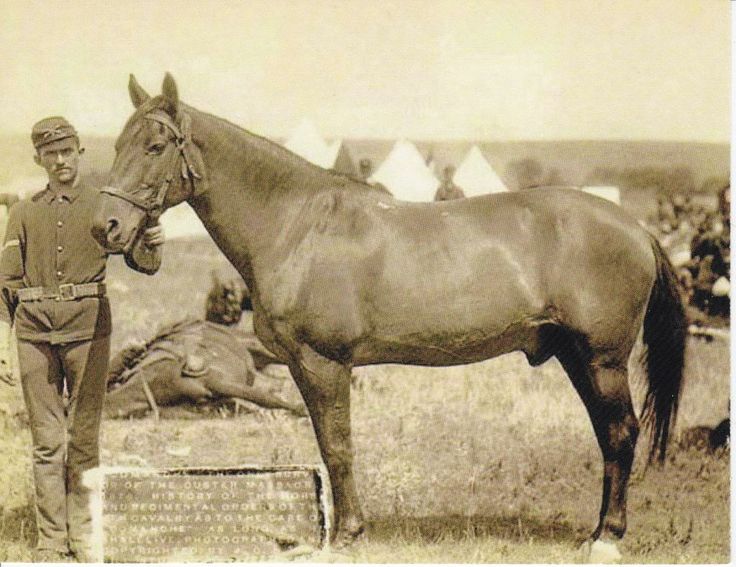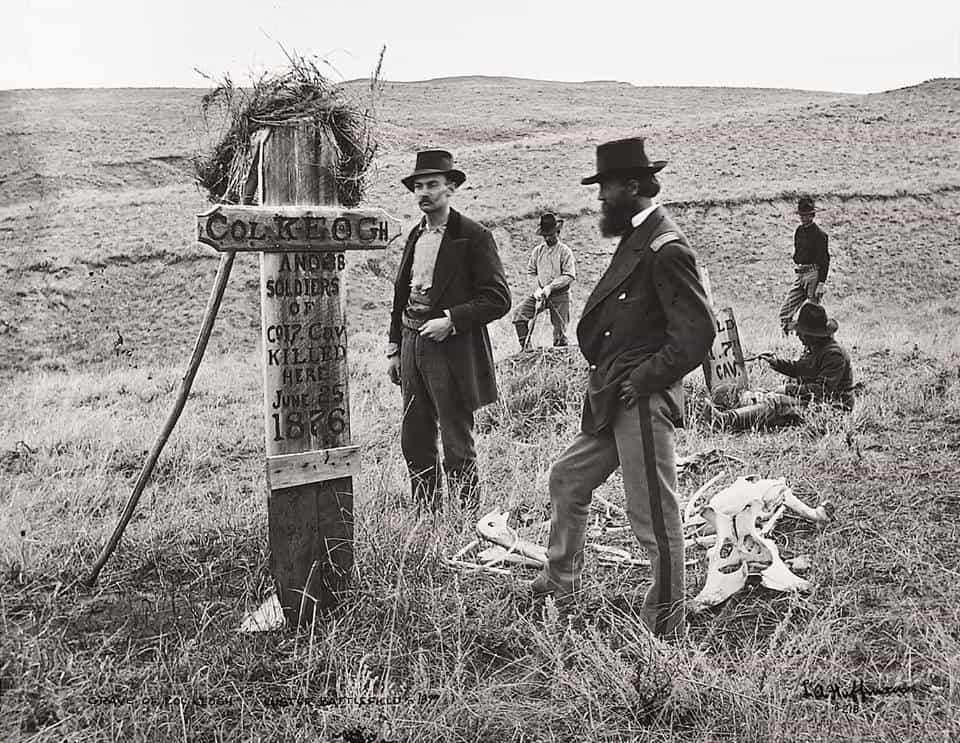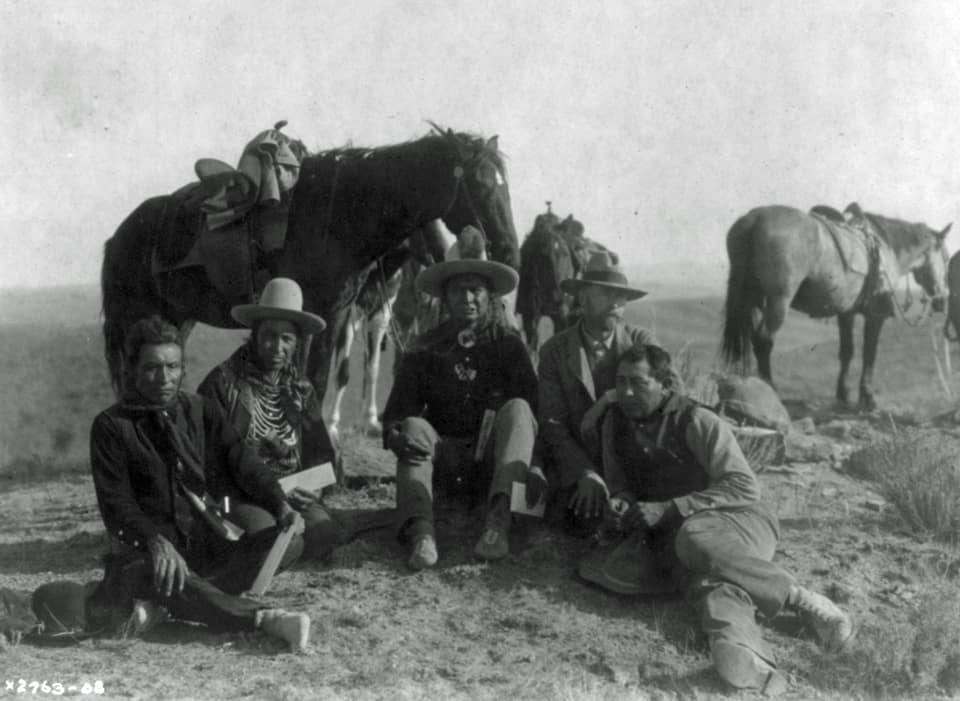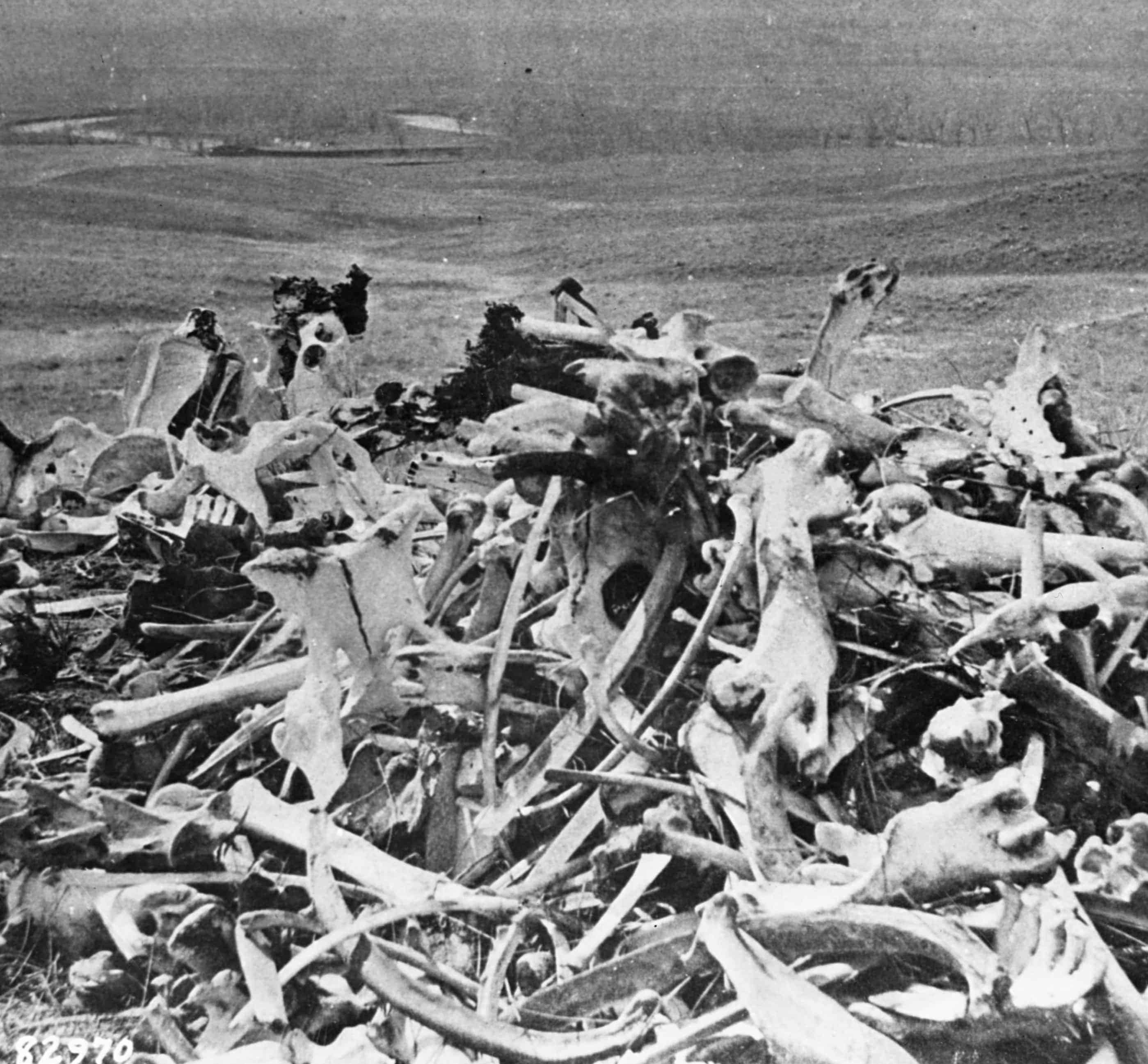20 Images Chronicling Custer’s Last StandThe Battle of Little Bighorn, more commonly known as Custer’s Last stand, was fought June 25-26, 1876 between the U.S. 7th Cavalry and the Lakota, Northern Cheyenne, and the Arapaho tribes. The 7th Cavalry suffered an overwhelming defeat with five of the Cavalry’s twelve companies being completely decimated.
As settlers headed west into the Great Plains in the second half of the 19th century, tensions between the United States and the Natives grew to conflicts known as the Sioux Wars.
During the Sun Dance, the most important religious ceremony of the year for the Lakota and Cheyenne, spiritual leader Sitting Bull had a vision of “soldiers falling into his camp like grasshoppers from the sky.”
On June 25, Custer’s scouts saw a large band of horses and a Native village. Custer, after the Cavalry had been spotted by hostiles, elected to begin the attack immediately.
Custer was told before the expedition that there would be no more than 800 warriors. Due to a protest of the U.S. government policies by ‘reservation Indians,’ many more joined Sitting Bull for the summer buffalo hunt. There were between 1,500 and 2,500 warriors.
https://historycollection.com/20-images-chronicling-custers-last-stand/?utm_source=Facebook&utm_medium=HC8&utm_campaign=23851527742120447&utm_content=23851527740820447_23851527741410447
Comanche, Captain Keogh’s Mount, allegedly the Only Survivor of Custer’s Last Stand.

Capt. Myles W. Keogh and troopers of Company I were killed here. Photograph taken in 1877. National Park Service




